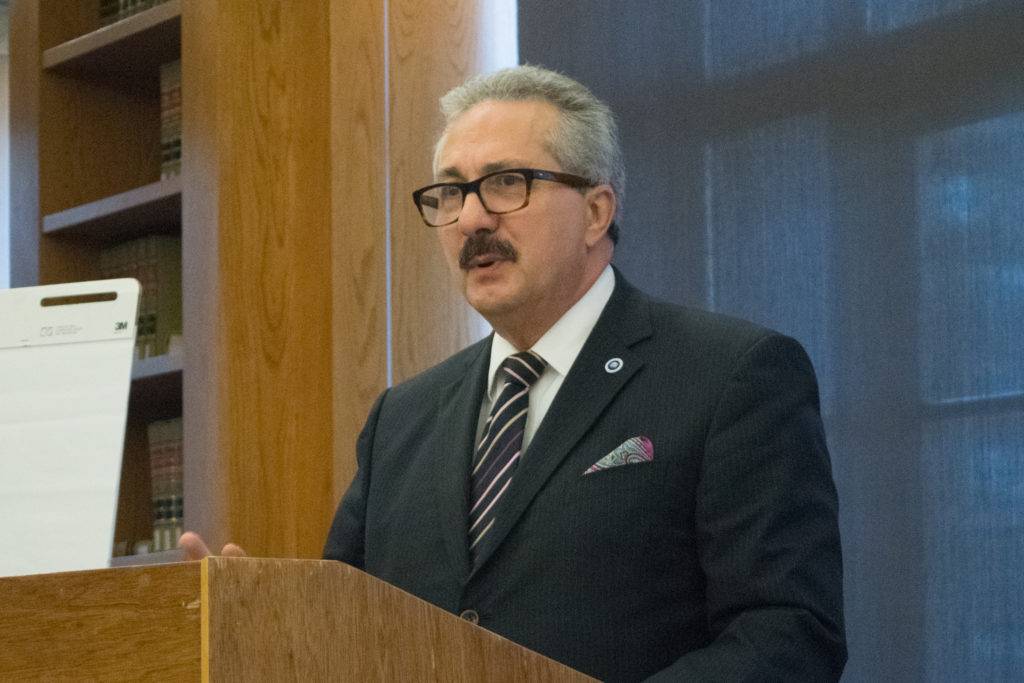As courts begin to reopen, Brooklyn lawyers remain skeptical about return
Some expect courts could reopen in July, others say not in 2020

The New York State Court System’s announcement last week that it would be gradually reopening in counties across the state that meet Gov. Andrew Cuomo’s safety benchmarks was seen as a positive first step in the legal community.
“It’s a step in the right direction,” said Carrie Anne Cavallo, immediate past president of the Brooklyn Women’s Bar Association. “We need to let people get back to work safely. As long as protocols are being followed this will allow people to return to work and earn money.”
However, Brooklyn lawyers remain skeptical that the courts will be able to meet those guidelines anytime soon.

Brooklyn Boro
View MoreNew York City’s most populous borough, Brooklyn, is home to nearly 2.6 million residents. If Brooklyn were an independent city it would be the fourth largest city in the United States. While Brooklyn has become the epitome of ‘cool and hip’ in recent years, for those that were born here, raised families here and improved communities over the years, Brooklyn has never been ‘uncool’.